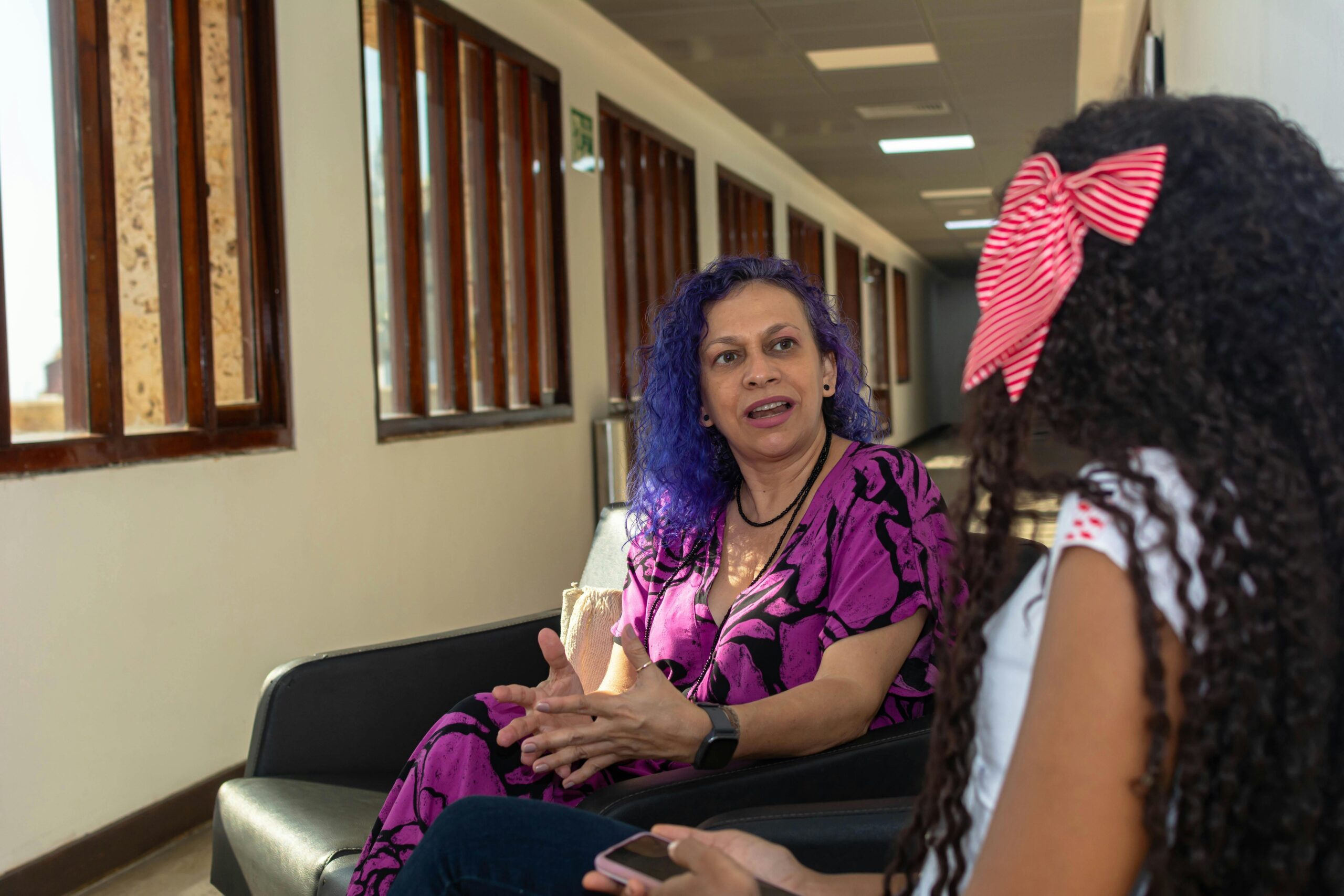A Therapist’s Top Tips for Teaching your Child Healthy Screen Habits

Tapping, scrolling, and streaming are regular parts of daily life for many children, teens, and their families. And it’s easy to feel guilty when you let your child chill out in front of a screen or notice your teen reaching for their phone a little more often than you’d like, but we’re here to remind you that all screens are not bad. Technology connects us, gives us access to endless amounts of information, and can educate and entertain the entire family.
There is a big difference between using screens for a few hours each day and being so attached to a screen that it begins to affect your real life connections. And finding the balance can be especially tough when transitioning from the fun-filled summer days to a more structured back-to-school schedule, so read on for a judgment-free look at screen usage and how you can build healthier tech habits at home.
How much screen usage is too much?
Managing screen usage can be challenging. Every person and situation is different, but consider these guidelines from the American Academy of Child & Adolescent Psychiatry when deciding the best habits for your family.
Screen habits guidelines, by ages:
- 18 months and under: Try to limit screen use to video chatting along with an adult (for example, with a parent who is out of town).
- For children between 18 and 24 months, it’s recommended that screen usage be focused on educational programming with a caregiver.
- For children ages 2 to 5, limit non-educational screen time to about 1 hour per weekday and 3 hours on the weekend days.
- For children ages 6 and older, encourage healthy habits and limit activities that include screens, like family meals and outings. Learn about and use parental controls when possible.
It can be difficult to know how much screen usage is too much, so take a moment to get familiar with the following signs that your child or teen may need to take a tech break, help in building healthier tech habits, or support from a mental health professional.
- Behaving differently, feeling less energetic, or acting anxious
- Changes in eating habits or sleep patterns
- Changes in focus or academic performance
- Less interested in doing the things they usually enjoy
- Prolonged anger or frustration; acting moodier or more easily upset than usual
- Avoiding certain situations, like going to school or spending time with loved ones
- Increased references to violence, death, or self-harm behaviors
- Physical complaints (such as stomach aches)
How to create healthier back-to-school screen habits
To help you feel your best about screen usage, we’ve put together our top tips for building heatheir tech habits for the entire family.
- Create back-to-school morning and nighttime routines. Starting off and ending our day with excessive screen usage can make a big difference in how we feel. Consider removing phones from bedrooms and making this sacred space a no-screen zone. Replace screens with a relaxing activity, like journaling, taking a bath, or reading a book. Adding calming habits into your child’s routine can improve their mood and help them to get a better night’s sleep.
- Establish clear, consistent tech boundaries. Have a direct, open conversation as a family to discuss the boundaries surrounding screen usage. Take the time to make sure everyone has a chance to voice their opinions, needs, and feelings.
- Prioritize what needs to get done first. Encourage your child or teen to put their responsibilities, like homework or school research, first before using screens for entertainment. If they are having difficulty focusing, try scheduling short breaks so that they can get up and move their bodies or grab a snack. Help them stay organized with a calendar and to-do list so that they learn to manage their time with as few distractions as possible.
- Schedule family tech breaks. Is there a dedicated chunk of time each day or week that you can unplug for a few hours? Maybe it’s taking Friday night as a “Tech Shabbat” so that you can connect over a dinner that you all made together or play a game. Or maybe it’s Sunday morning so you can take a family nature walk. Let everyone take turns picking their favorite screen-free activity.
- Prioritize family meals. Try to not invite phones to family meals as much as possible so that you can connect with one another without distractions.
- Encourage hobbies or activities. Encourage your child or teen to join in a class, school club, or activity that interests them. This will give them a self-esteem boost and encourage meaningful connections in real life.
- Teach online safety. Tell your child not to share their personal information online, download unknown files, make purchases without your permission, and to be wary of strangers. Most importantly, tell them to never agree to meet up with someone that they do not know, even if they feel like a “friend.” Tell your child directly that if something online makes them feel bad, they can always come to you.
- Consider monitoring online activity. Depending on your child’s age and access to digital devices, consider checking in frequently on their online activity or placing the computer in a shared space. You can also ask to follow their social media accounts and set parental controls on devices and apps, but remember that no system is foolproof.
Try to cut yourself some slack during times of higher screen usage within your home. By communicating regularly about screen usage and teaching your child or teen healthy tech habits as they head back to the classroom, you’ll be taking small steps that can lead to big benefits for everyone in your family. If you could use some help in navigating screen usage, reach out to someone you trust or a mental health professional for support.

 Donna McCutchen, LCSW
Donna McCutchen, LCSW